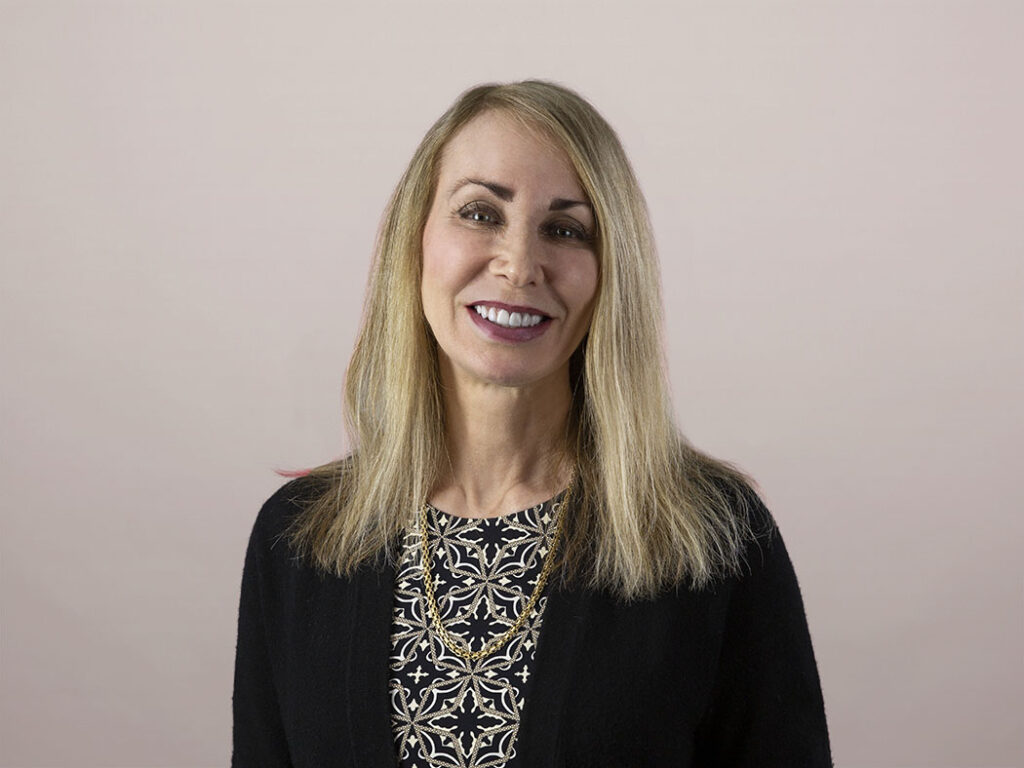Siemens Energy: Seizing Opportunity With A Clear, Aligned Marketing Strategy
Siemens Energy came into being with a lofty mission: to help its power generation customers transition to a more sustainable world. In 2020, the company was spun off from its parent, Siemens, to have greater independence in pursuing this mission. But to capitalize on opportunity — both now and in the future — the 91,000-person company needed a clear marketing strategy that delivered on the overall business strategy.
“Without a marketing strategy, without that North Star, it would be difficult to align such a complex organization,” said Juan Gutierrez, CEO of the Global Service business unit at Siemens Gamesa, who was the marketing leader at the time. Gutierrez, along with Jens Klingemann, head of marketing strategy, and Jason Jermark, vice president of service marketing and sales operations, joined us at this year’s Summit North America as Program of the Year winners, sharing their experience working with Forrester on a long-term marketing strategy. Find our recently published case study describing their experience here.
“It was the perfect time to kick off these discussions,” Jens recalled. The marketing strategy would answer critical, big-picture questions, such as: What would the new company look like? How would it meet existing revenue goals while building on the spin-off? Where would revenue come from longer-term?
The strategy would also provide clarity and direction to employees, many of whom felt uncertain and anxious about what the spin-off would mean to them. To formulate a marketing strategy that aligned to the overall business strategy, Jens and the marketing leadership team worked through the Forrester Marketing Strategy Compass model.
A Structured Approach To Strategy Formulation
The Marketing Strategy Compass comprises 15 decision areas that are organized in three levels. In the first, CMOs, CSOs, product leaders, and other business leaders determine where long-term growth will come from and how growth goals will be reached. The outcome of those discussions creates a forward-looking “shared destination” that informs the next level of decisions that marketing needs to drive. In the second level, decisions are formulated across two “orientations”: an external orientation, referring to how the business looks to customers, and an internal orientation, describing how marketing will deliver on the strategic objectives. In the third level, the marketing strategy cascades down to the marketing subfunctions (e.g., portfolio, field, and demand marketing), whose leaders formulate their own specific three- to five-year strategies.
Jens planned workshops with global and cross-functional participation to work through the model and to capture a broad swath of employee perspectives. Stakeholders from business strategy, product, sales, and marketing took part. While many of the core participants had spent most of their careers at Siemens, Jens also brought in early-career, high-potential employees, both to help them grow and to gain a fresh perspective. This diversity of experience, Juan said, “helped us to test this in different ways and ask many key questions that many of us who have been in the industry for a long time might just take for granted.”
Forrester provided the guiding questions to work through the model levels. The many sticky notes on the walls as participants worked through the discussions were evidence of the great energy and enthusiasm around the project. The dialogue in these workshops led to clarity and alignment of each decision.
“The process [involved] asking questions we would never ask ourselves,” said Jens. “This was giving us a great structure and [guidance for] how to bring it down to the organization.”
Persevering Through The Pandemic
Siemens Energy worked through the first two levels of the Marketing Strategy Compass in early 2020 — then COVID-19 hit. The in-person workshops became remote video sessions, but energized by the work that they had already done, the team stayed on course. They continued to further refine the alignment, priorities, and goals.
Meanwhile, there were changes in the company leadership; after a new CEO was named in June 2020, the cross-functional team presented the work that they had completed to align product, marketing, and sales to the overall business strategy. There were few changes made to the overall business strategy, and 95% of the work completed in the workshops remained relevant.
Achieving an aligned marketing strategy brought clarity at a critical time and accelerated Siemens Energy’s time-to-market. It also gave those who took part a great sense of pride.
Rather than having a marketing strategy dictated from corporate, the participants thought, “’I can influence this; I can shape the future,’” Jens recalled. “People felt proud of what they did. Now it’s becoming part of their DNA to move the strategy forward.”
Yet the leadership team recognizes that delivering on business objectives will take continual work, particularly in a fast-changing market.
“It’s definitely not a one-time event,” Jason said of the strategy process. “Having a solid strategy is important, but equally if not more important is to evaluate and understand where change is needed and to have the courage to do that.”
Read the complete Siemens Energy case study here.
